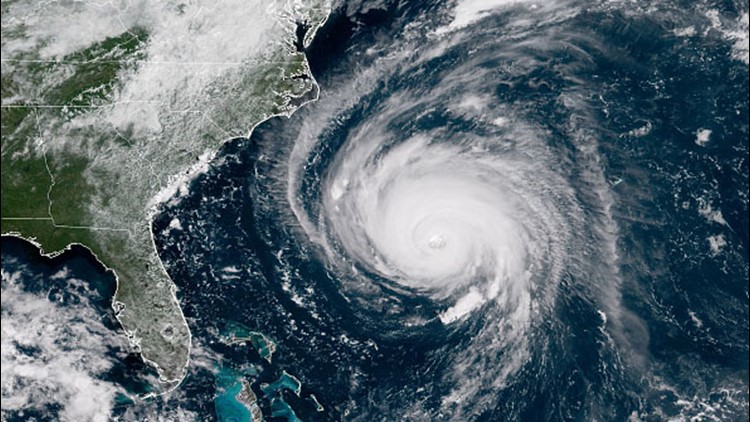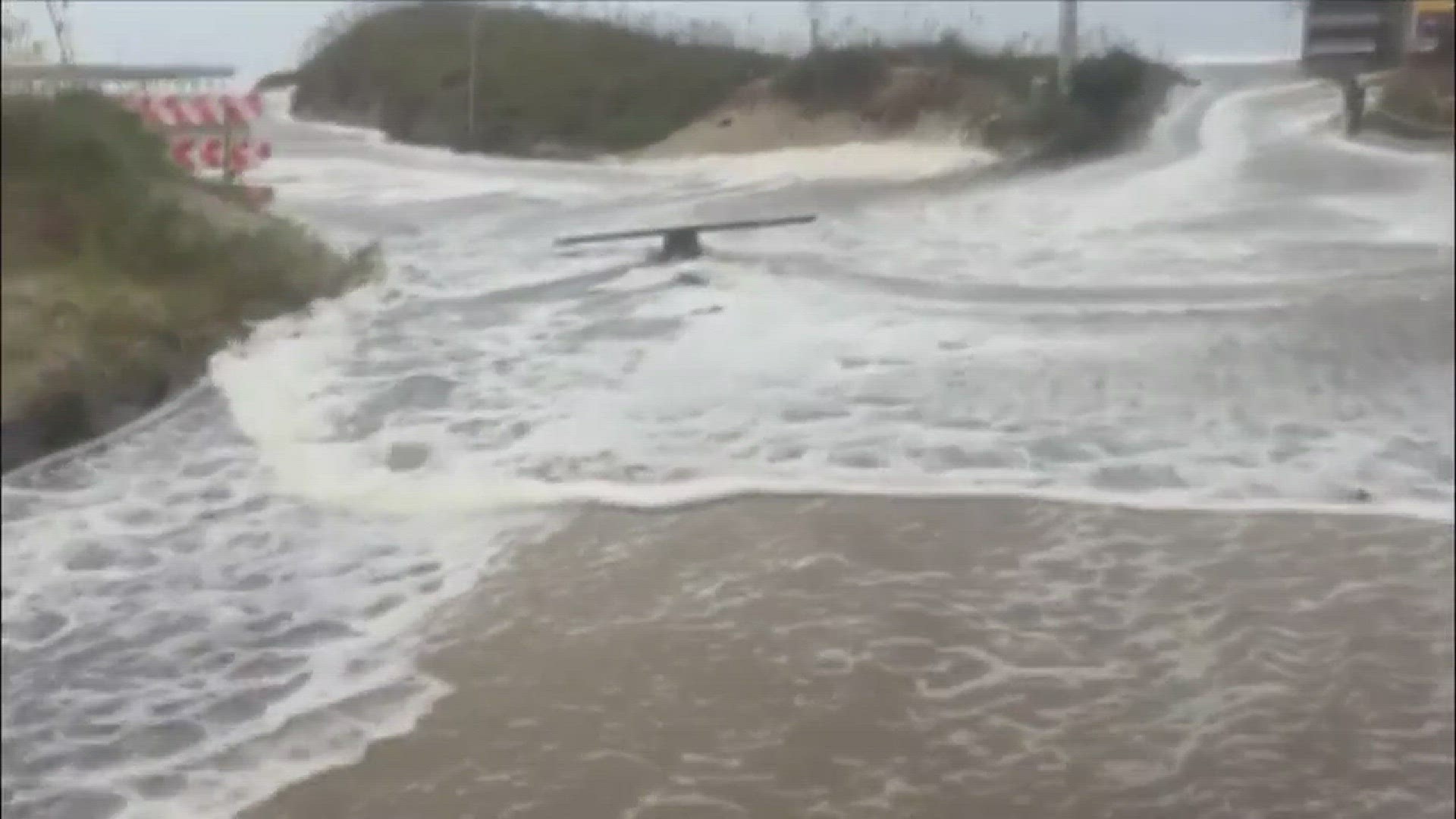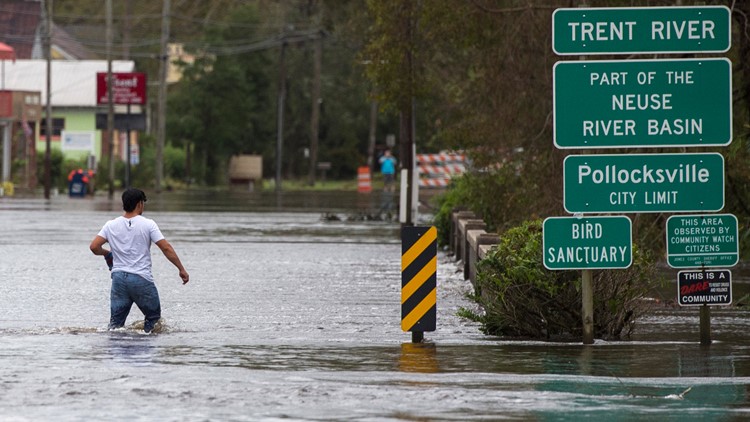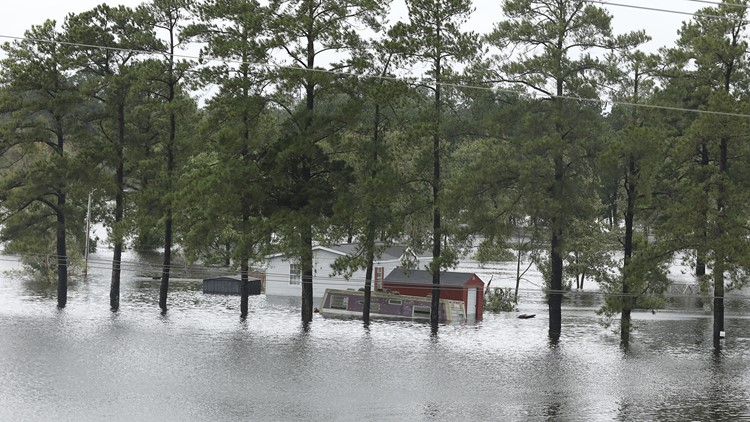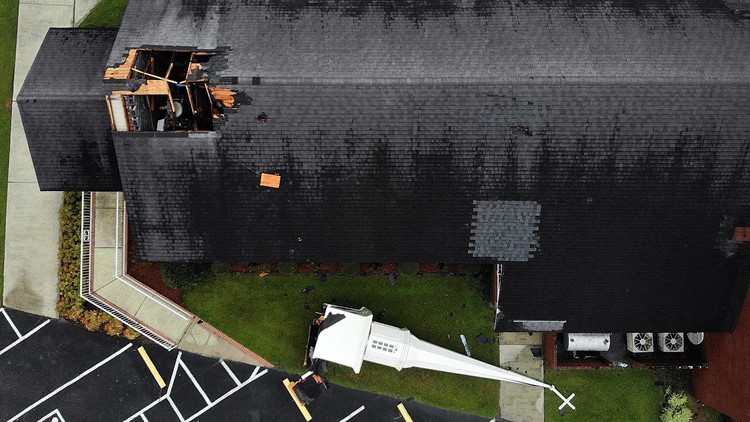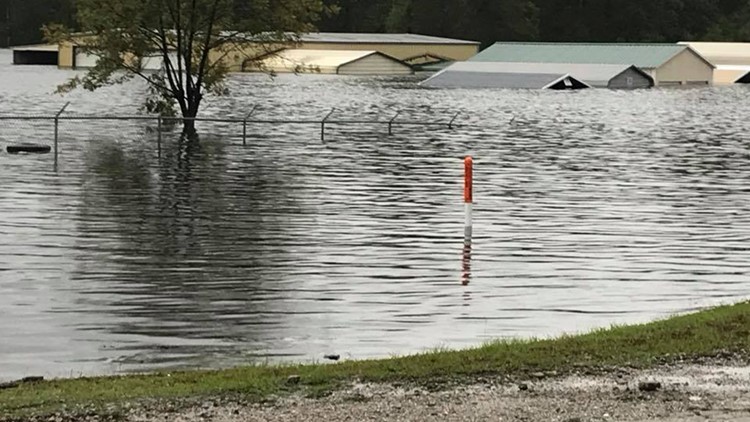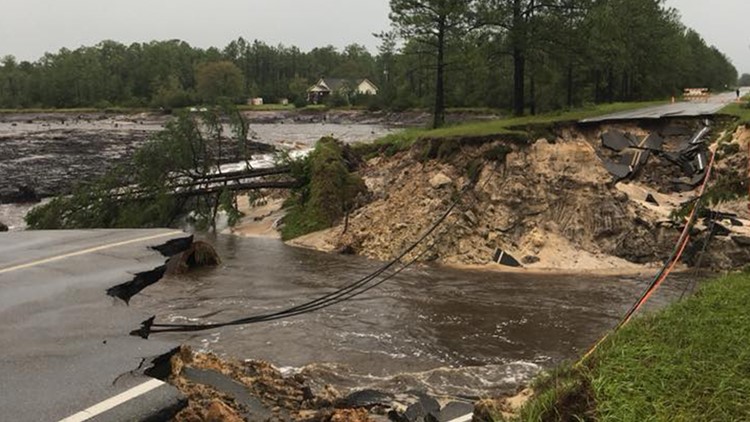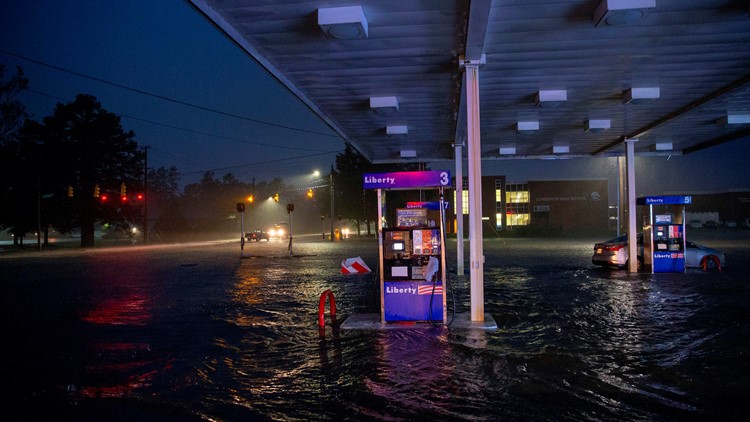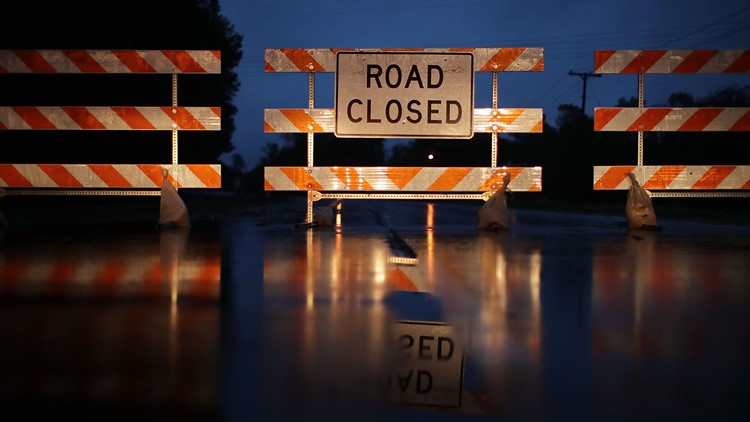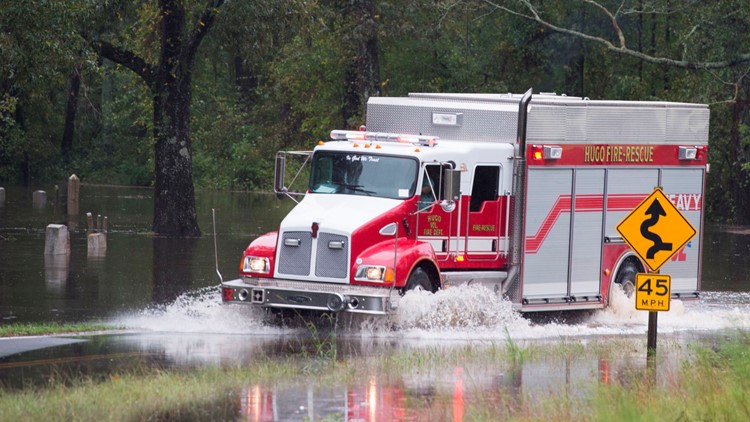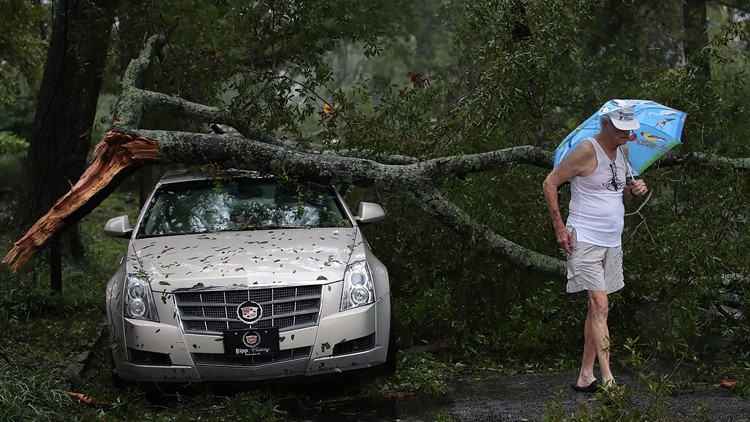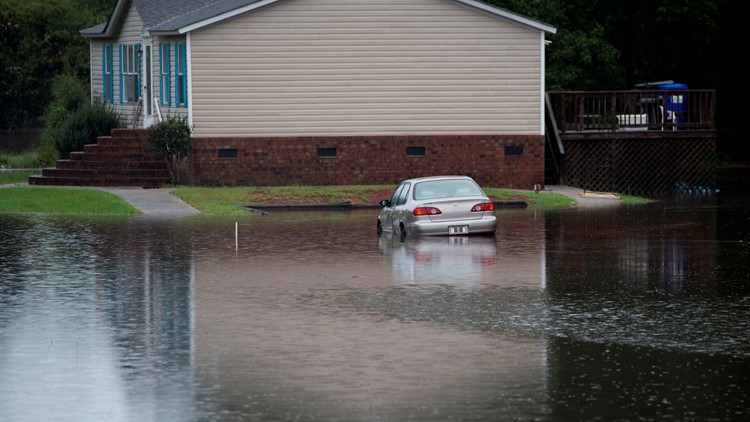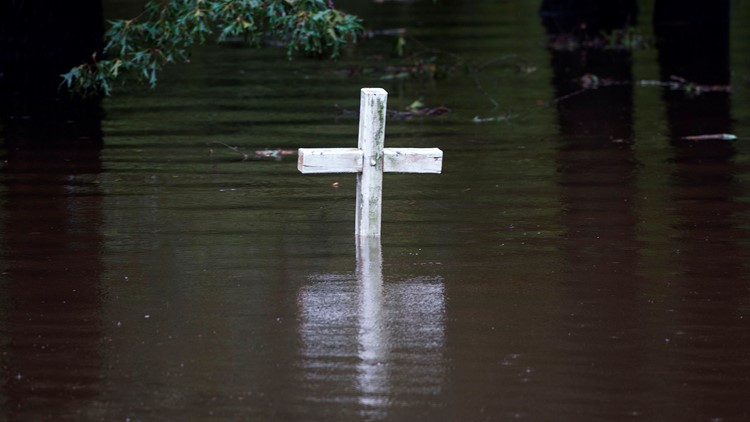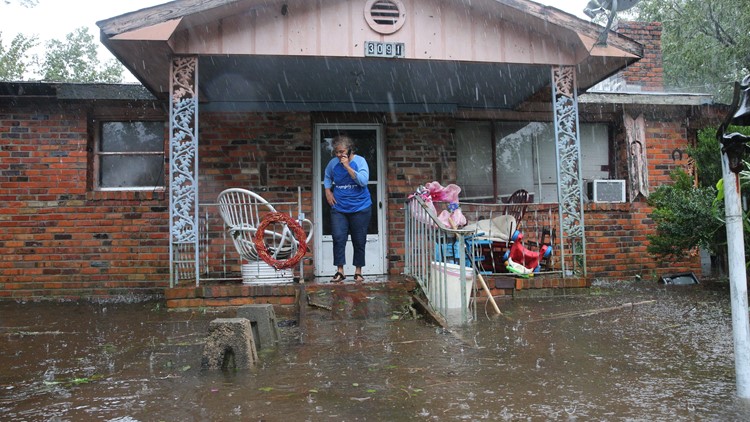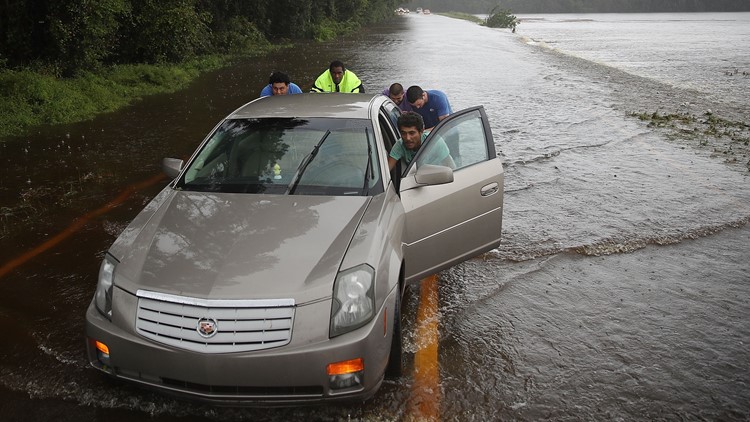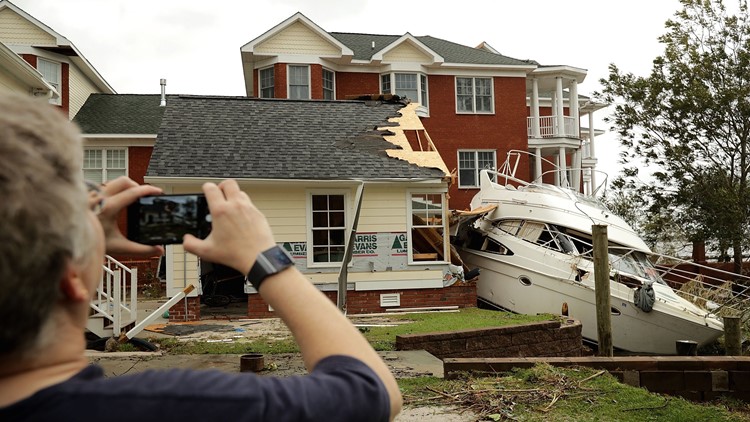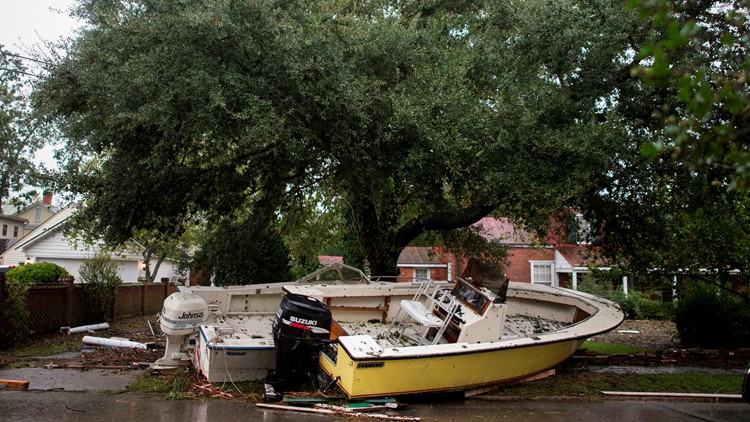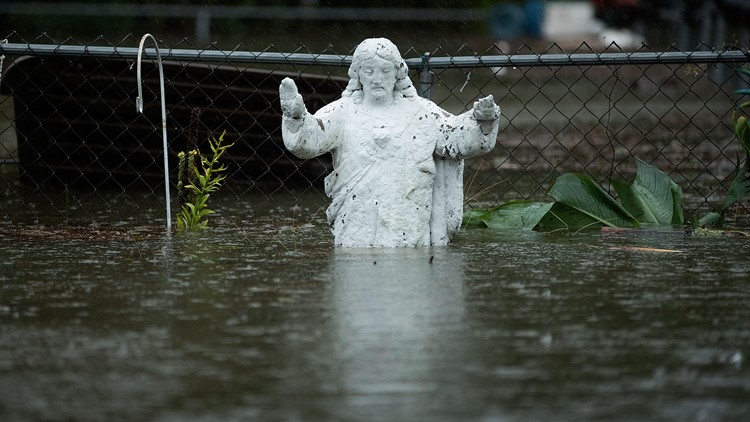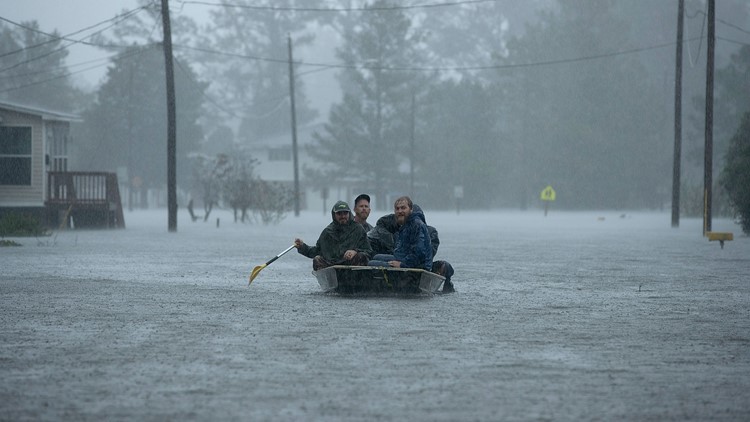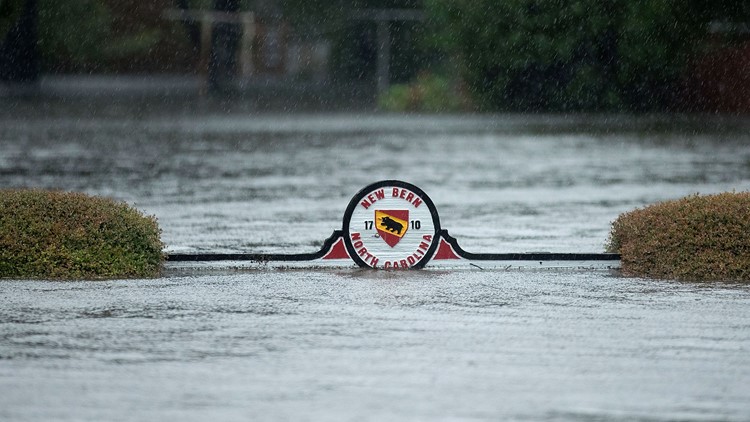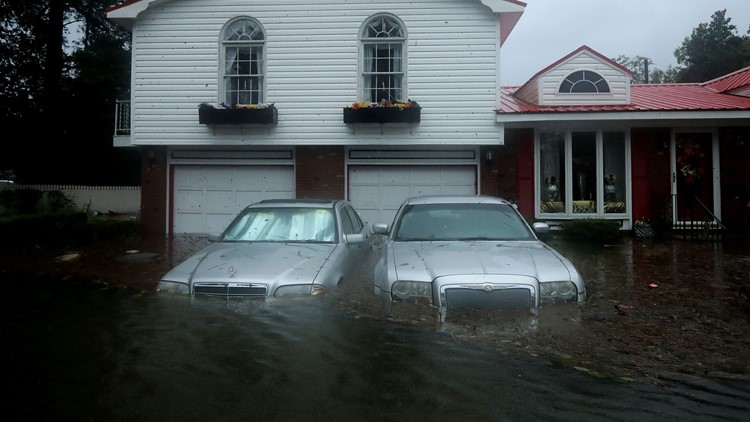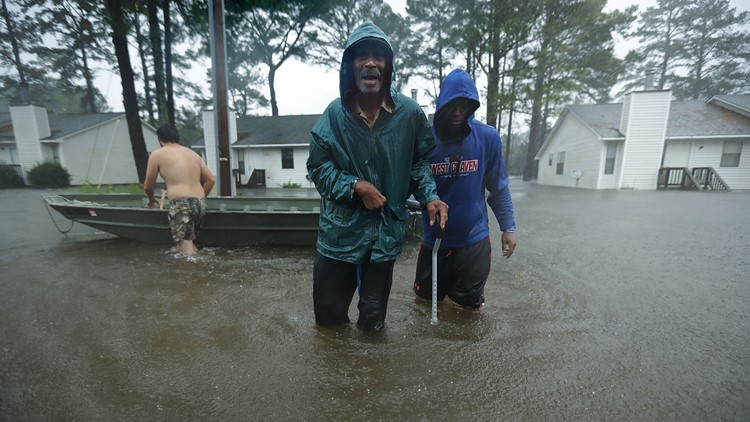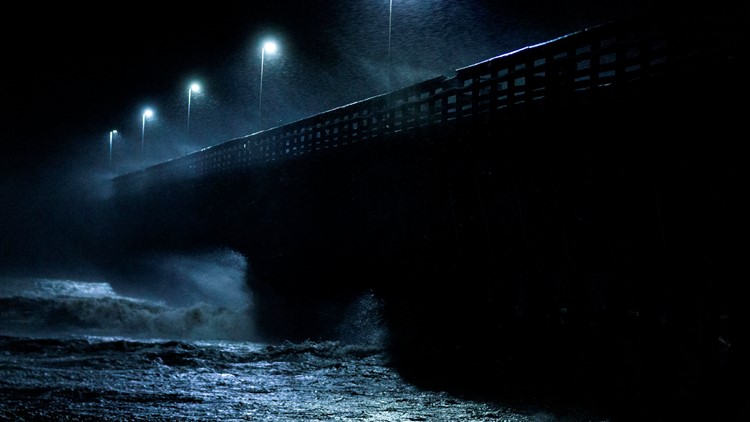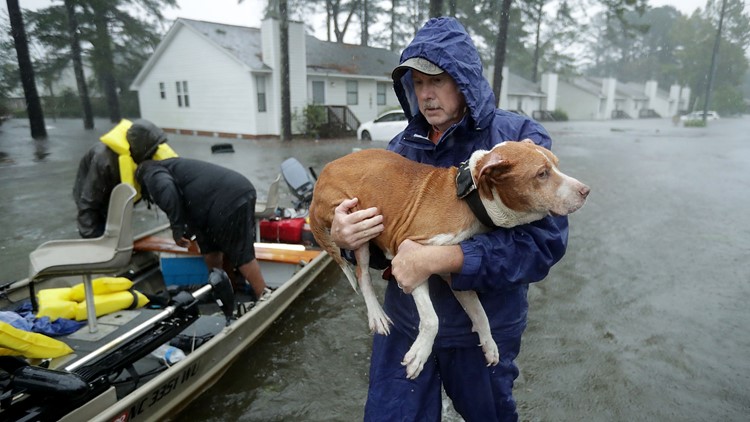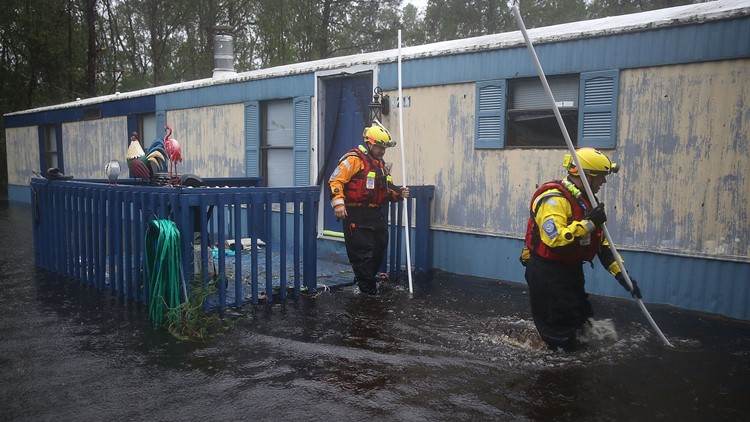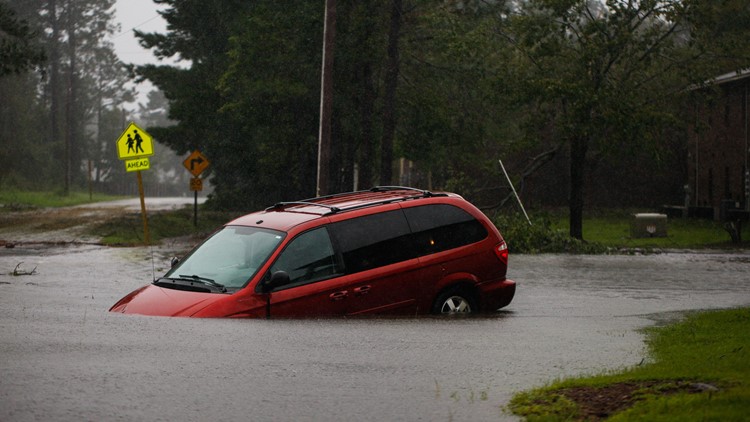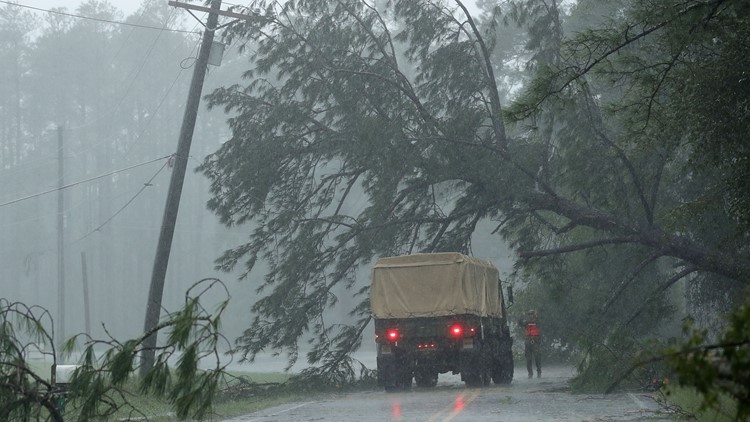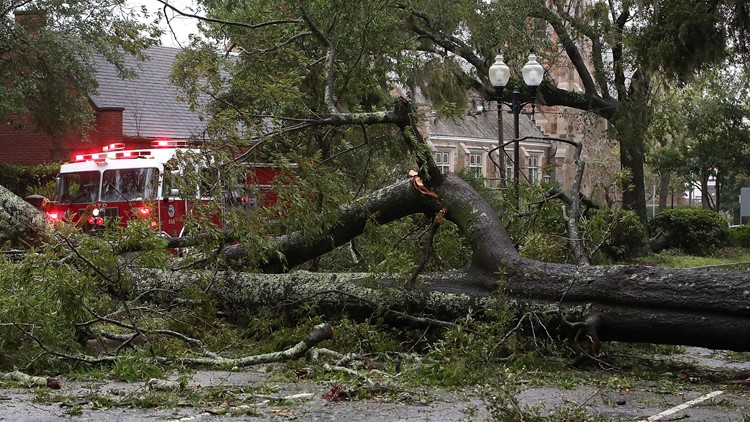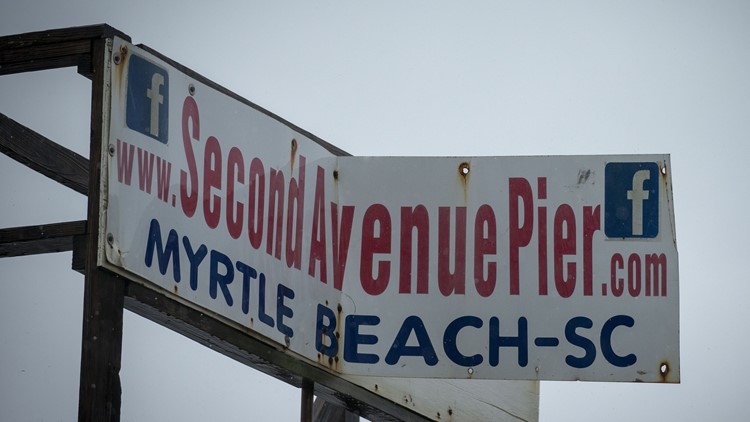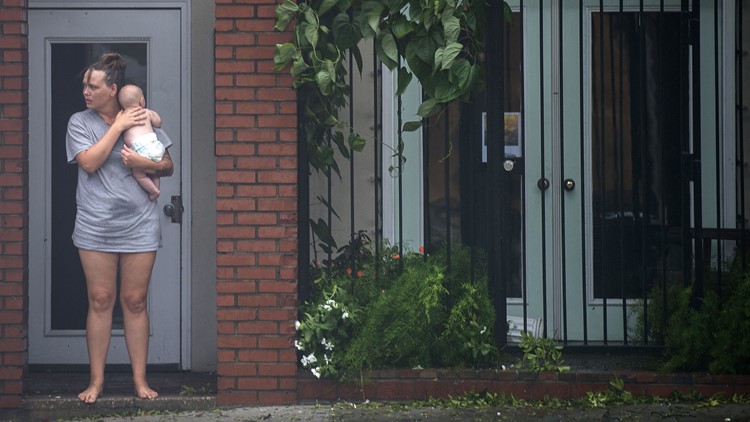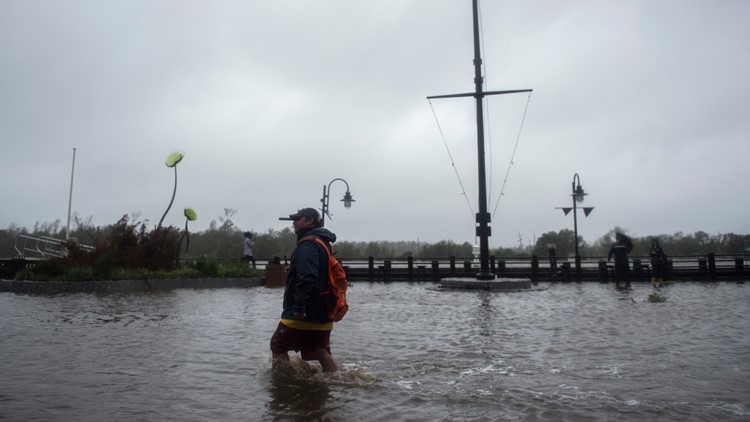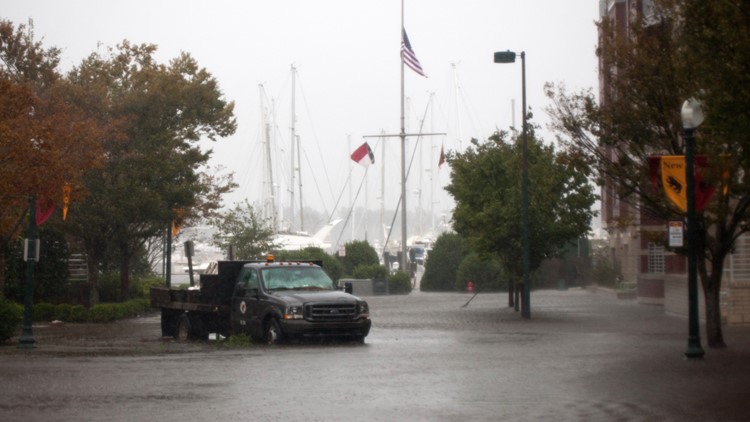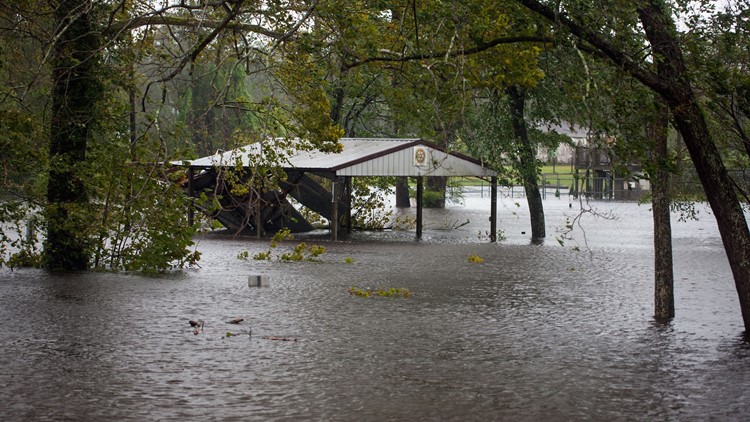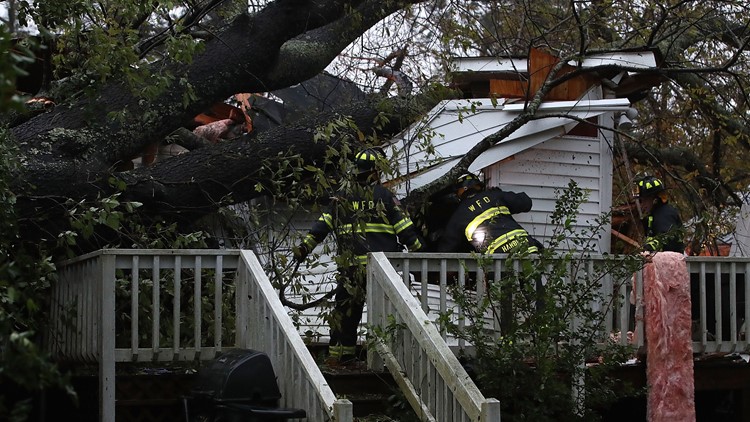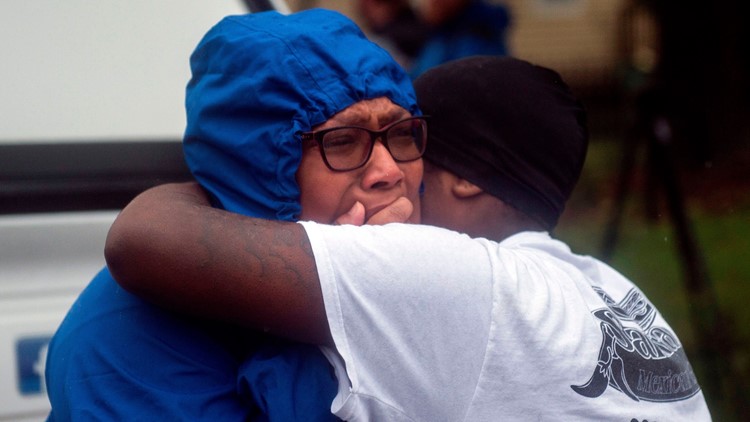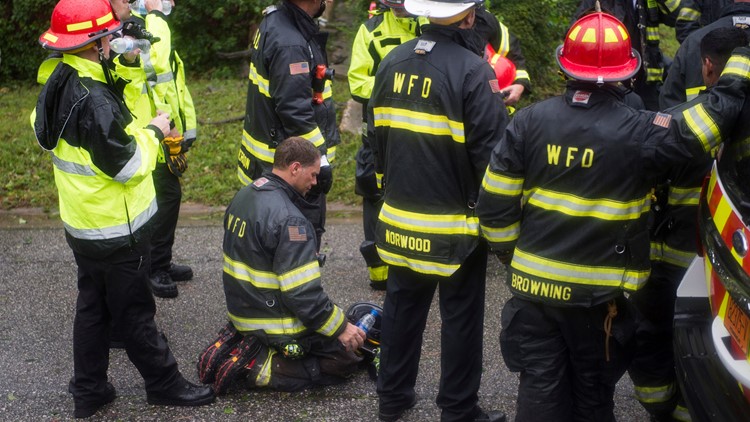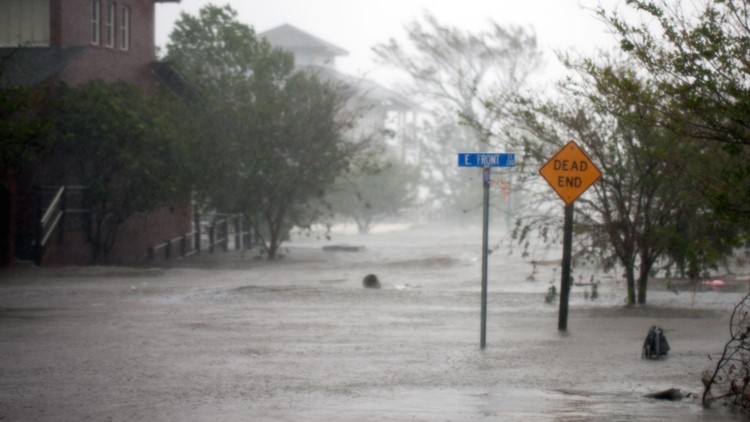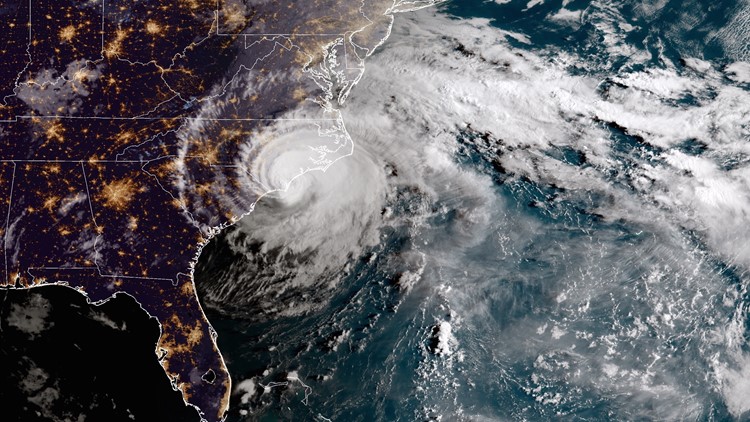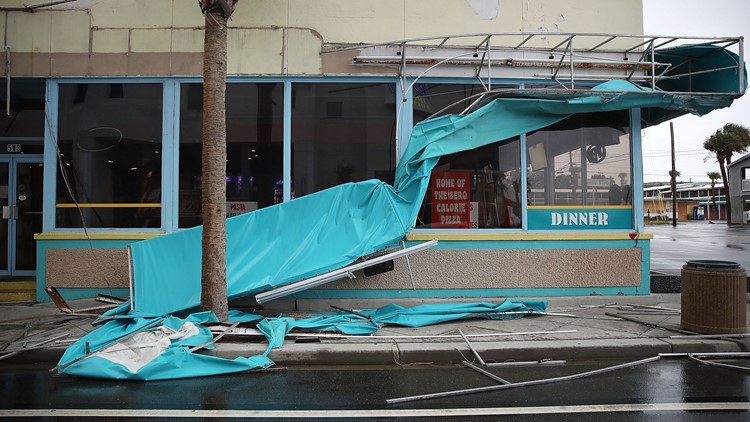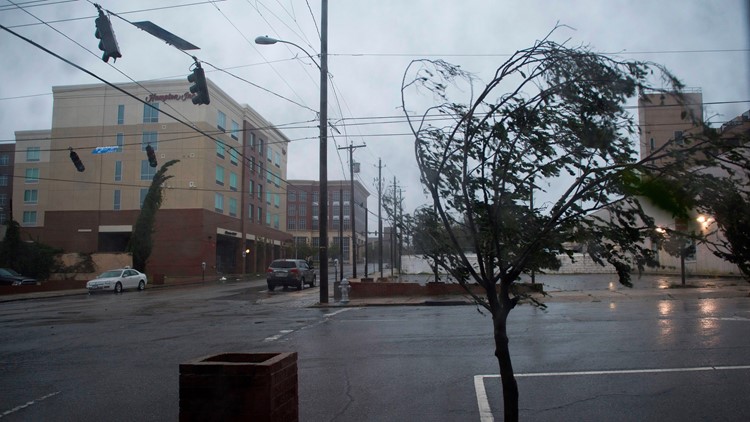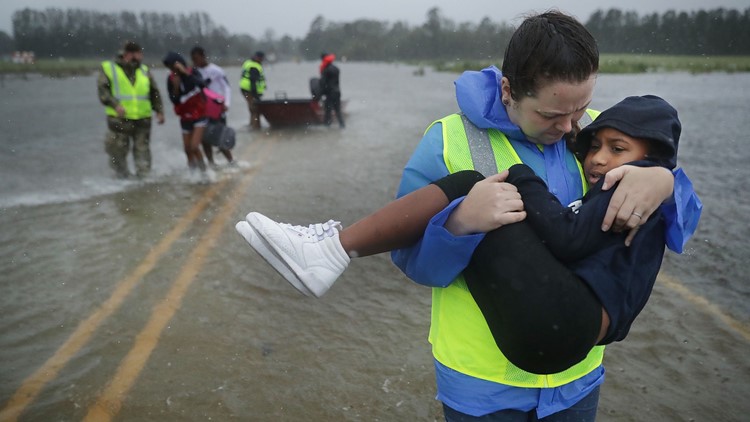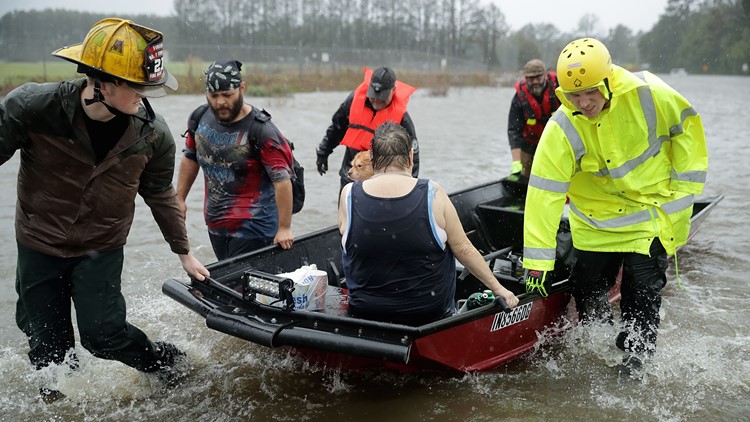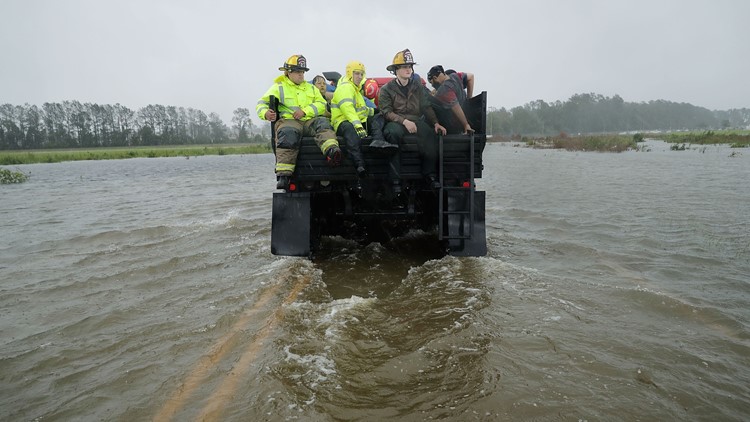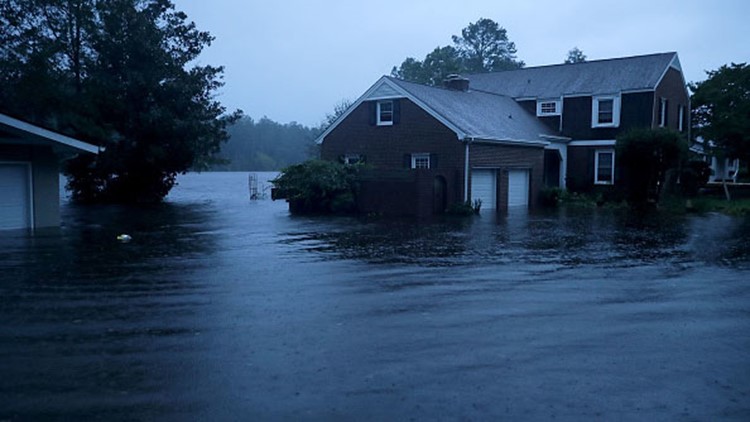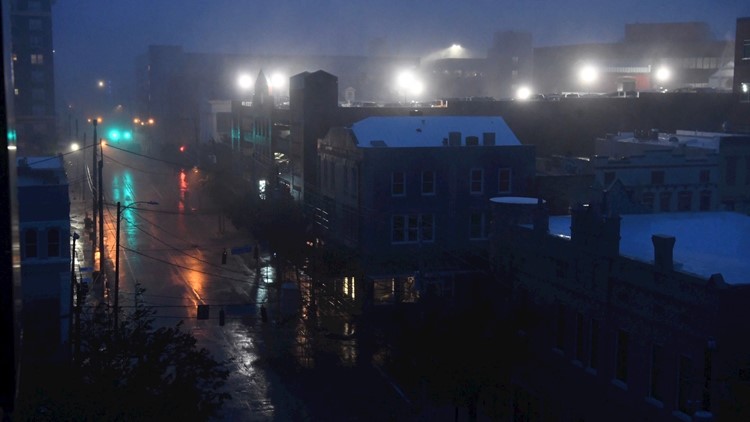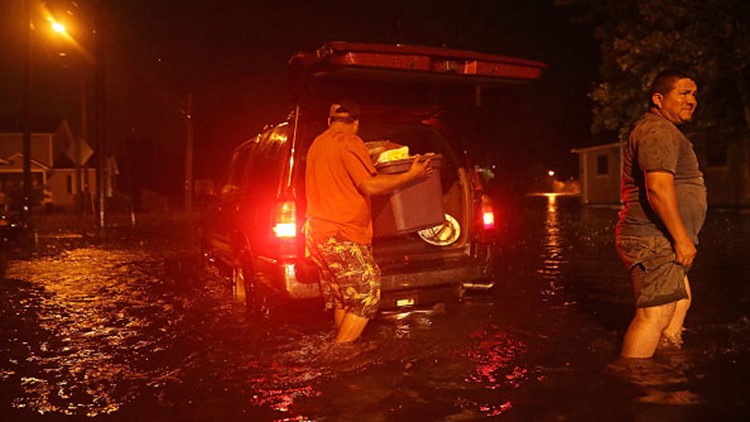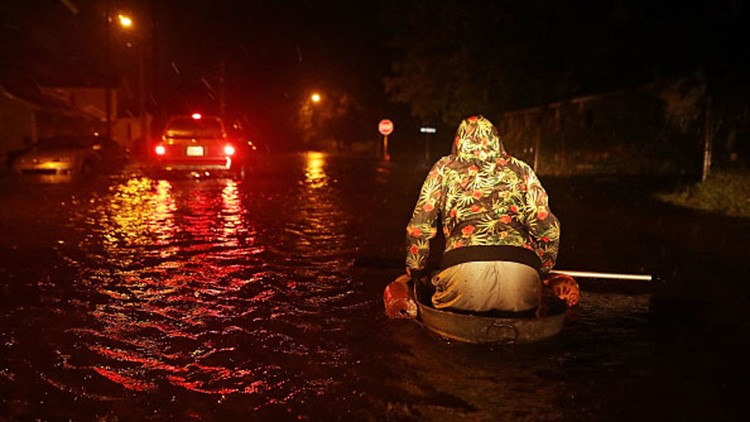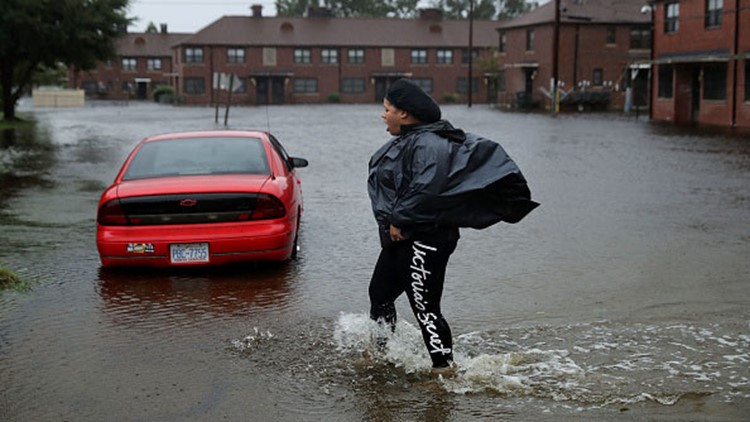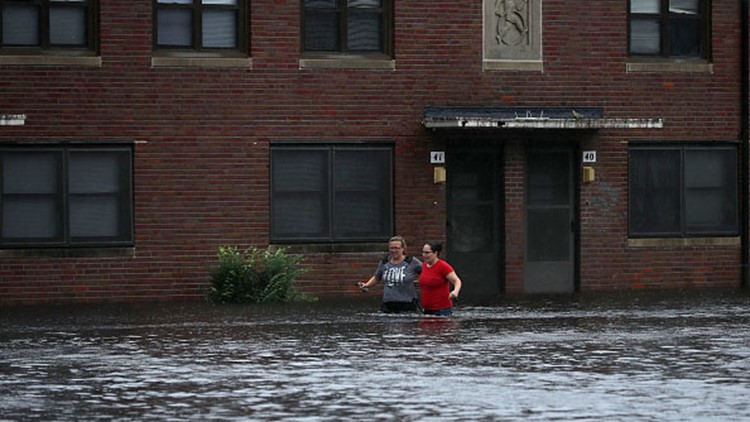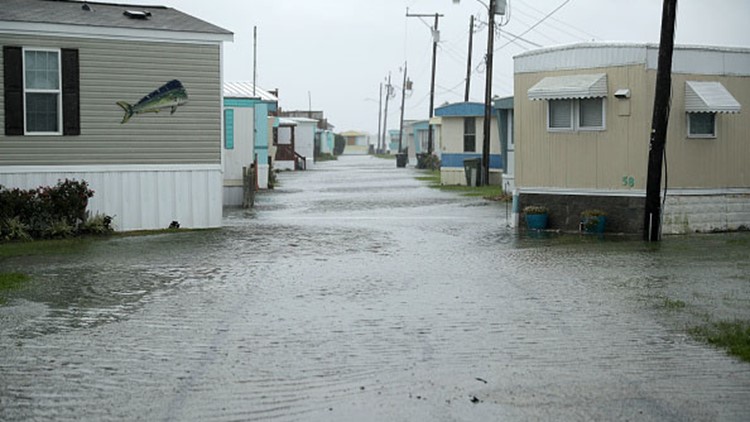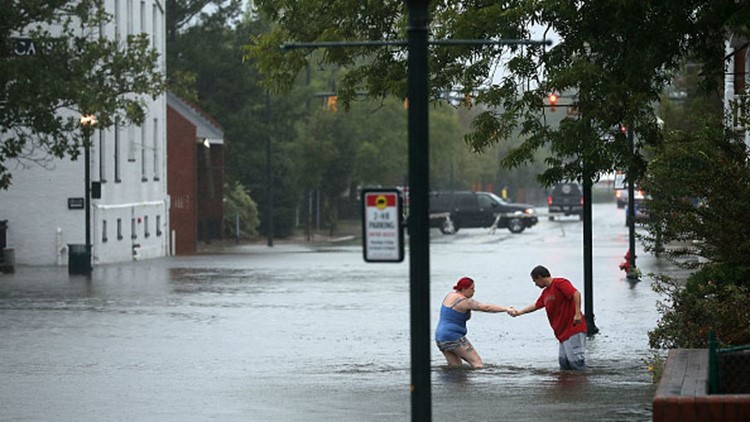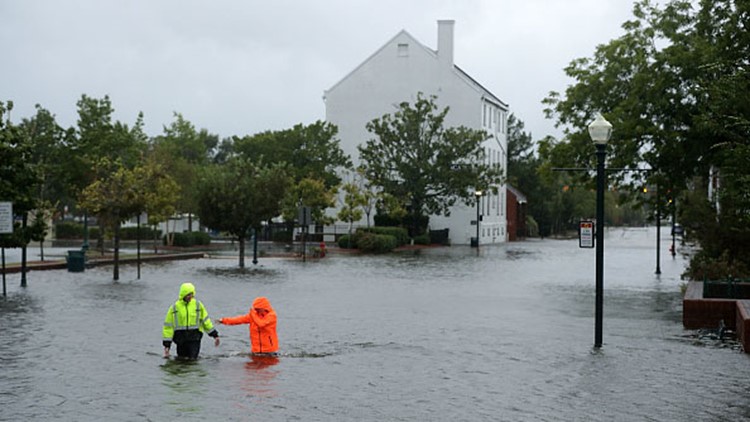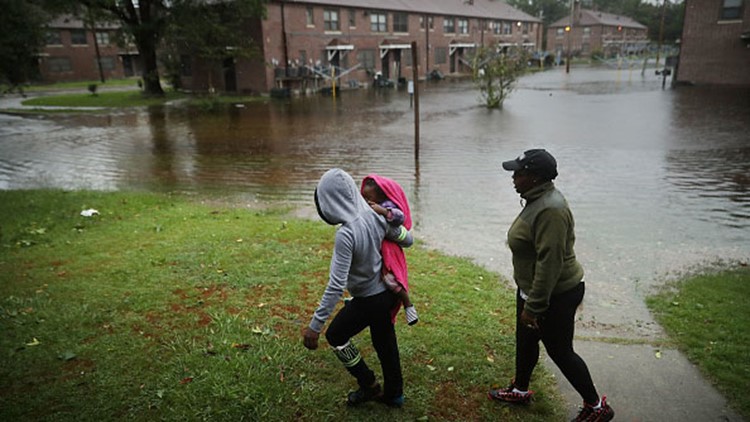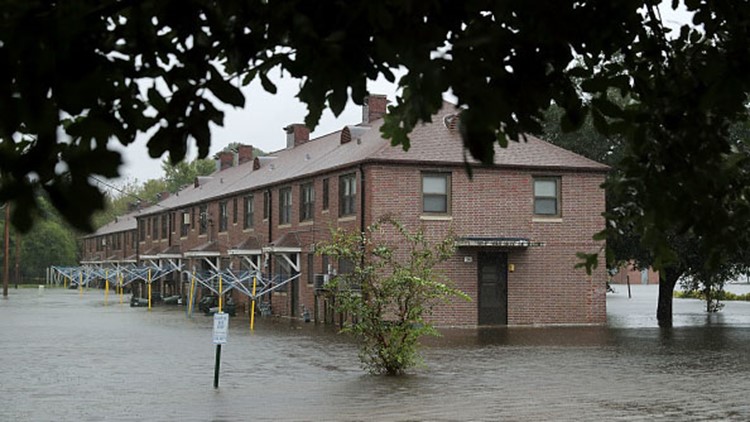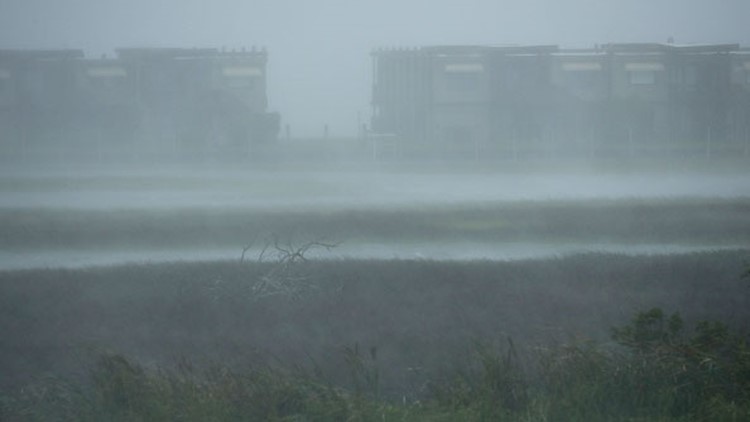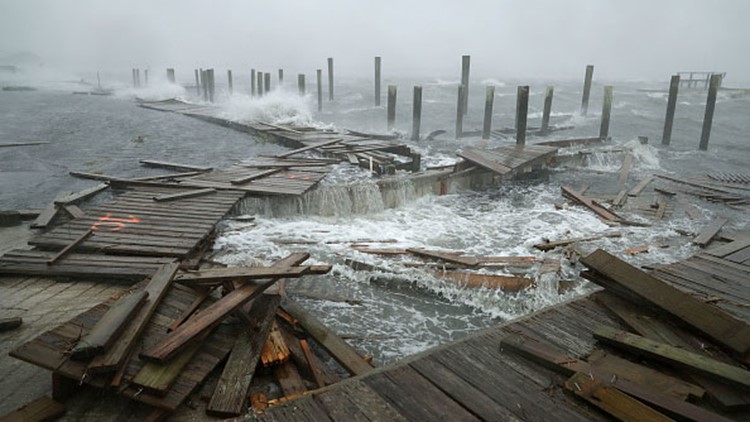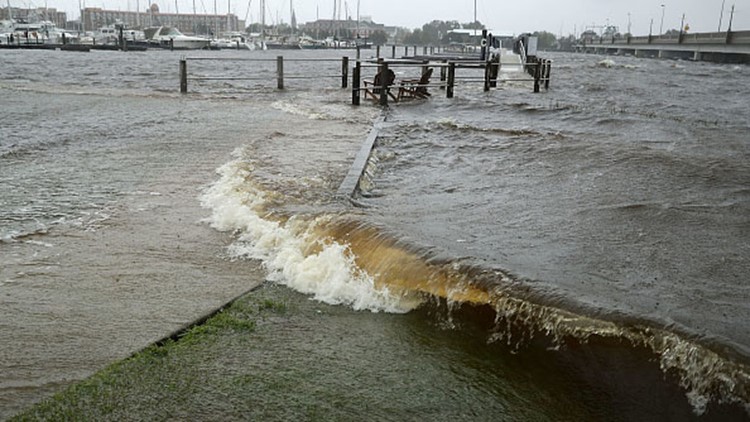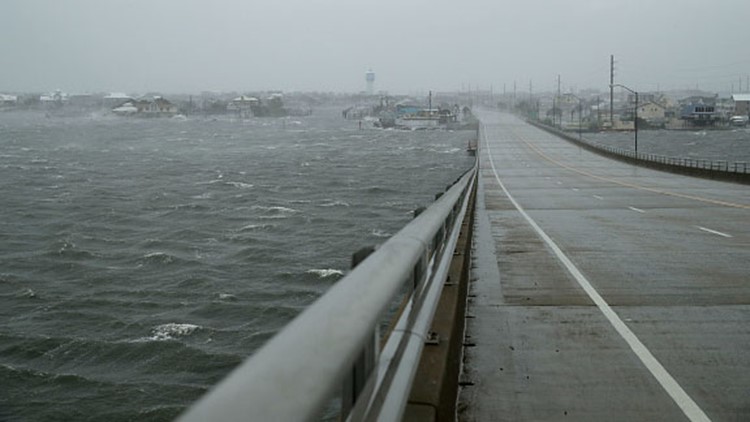Hurricane Florence made landfall in Wilmington, North Carolina Friday morning. By Friday afternoon, it had been downgraded to a tropical storm, but with still contained sufficient power to sock the Carolinas with brutal wind, rain and storm surge as it makes its way west.
How big is Hurricane Florence?
Florence's maximum sustained winds were 90 mph as of 6 a.m. EDT. Hurricane-force winds extended 90 miles from its center, and tropical-storm-force winds up to 195 miles.
But forecasters warned that the storm — and its likelihood of lingering around the coast day after day — will bring seawater surging onto land and torrential downpours. One forecast model predicts 2 trillion to 11 trillion gallons of rain will fall on North Carolina over the next week, according to meteorologist Ryan Maue of weathermodels.com. That's enough water to fill the Empire State Building nearly 40,000 times.

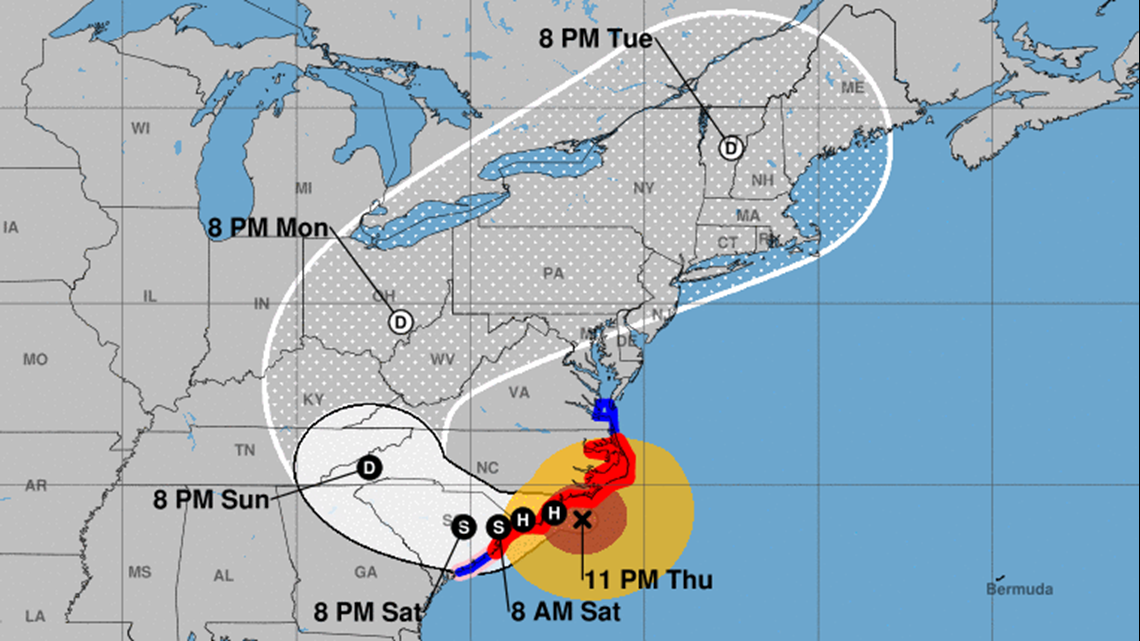
Where will Florence go next?
The National Hurricane Center says Florence is expected to slow down even more Friday, so it will remain fairly close to the coast with much of it still over water. The system should gradually turn northwestward and northward in 2-3 days.
When will Florence impact your state?
Carolinas: The slow moving storm is then expected to move into the far eastern section of South Carolina as a tropical storm Friday night through Sunday morning. Then it will slowly make its way through the heart of South Carolina, either as a weak tropical storm or tropical depression.
There remains a strong chance for catastrophic inland flooding that could swamp homes, businesses and farm fields.
Heading more inland, Charlotte, North Carolina, residents should plan on seven to 10 inches of rain, but some areas could see up to 15 inches. On Saturday the risk for flash flooding is at its highest with possible rainfall amounts at two to three inches per hour for part of the day.
In The Piedmont Triad, winds will peak at about 20-40 mph at times on Friday, Saturday, and Sunday. Locally higher gusts are possible.The majority of the rain will hold off until Saturday and Sunday. Generally, the area should plan on 5 to 10 inches of rain with highest totals to the south and west. Areas that flood in summer thunderstorms will flood in this storm. Catastrophic flooding will likely stay southeast of the Piedmont, but we need to be on guard.
Georgia: Atlanta should be spared most of the storm, but parts of eastern Georgia will get plenty of rain and some breezy conditions.
Friday will be mostly sunny and dry for Atlanta, according to 11Alive Chief Meteorologist Chris Holcomb.
Saturday afternoon, winds of 10mph in Eastern Georgia. On Sunday, Atlanta will see winds of 10mph while winds of 20 mph or more will hit the eastern part of the state with higher gusts. The winds will die down Monday.
For rainfall, Atlanta should get about an inch. It increases to 1-to-2 inches as you move east, and the extreme northeastern part of Georgia could get 3-to-4 inches.
Virginia: Isolated to scattered showers and thunderstorms will develop as some of the outer bands of Florence move in. Winds will start to increase to speeds around 25-35 mph, with gusts up to 40 mph for much of Hampton Roads, according to WVEC. Winds will be noticeably stronger along the Outer Banks, where hurricane force winds are possible with speeds over 74 mph.
Showers and thunderstorms will become more widespread Friday and the winds are also expected to increase. The windy conditions combined with the saturated ground will likely mean we will still see some downed trees. A prolonged period of easterly winds will also mean moderate, to perhaps major tidal flooding.
Showers will continue into Sunday as conditions improve on Monday.
Storm Surge, Hurricane Warning – What do these terms mean?
According to the National Hurricane Center, these are the watches and warnings in effect as the East Coast braces for Florence’s impact.
A Storm Surge Warning is means there is a danger of life-threatening flooding from rising water at the coastline moving inland for the next 36 hours. A Storm Surge Warning is in effect for…
- South Santee River South Carolina to Duck North Carolina
- Albemarle and Pamlico Sounds, including the Neuse and Pamlico Rivers
A Storm Surge Watch means that there is a possibility of life-threatening flooding from rising waters at the coastline moving inland for the next 48 hours. A Storm Surge Watch is in effect for…
- Edisto Beach South Carolina to South Santee River South Carolina
- North of Duck North Carolina to the North Carolina/Virginia border
A Hurricane Warning means that hurricane conditions are expected somewhere within the warning area within 36 hours of experiencing tropical storm conditions. A Hurricane Warning is in effect for…
- South Santee River South Carolina to Duck North Carolina
- Albemarle and Pamlico Sounds
A Hurricane Watch means that hurricane conditions are possible within the watch area within 36 hours of experiencing tropical storm conditions. A Hurricane Watch is in effect for…
- Edisto Beach South Carolina to South Santee River South Carolina
A Tropical Storm Warning means that tropical storm conditions are expected somewhere within the warning area within 36 hours. A Tropical Storm Warning is in effect for…
- North of Duck North Carolina to the North Carolina/Virginia border
A Tropical Storm Watch means that tropical storm conditions are expected within the warning area within 48 hours. A Tropical Storm watch is in effect for…
- North of the North Carolina/Virginia border to Cape Charles Light Virginia
- Chesapeake Bay south of New Point Comfort
How to prepare for a hurricane
• Put together an emergency kit: This is the first recommendation of the Red Cross, which lists some of the top essentials as water (a gallon per person per day for a minimum of three days), non-perishable food (also at least three days’ worth), medications and medical supplies, flashlights, extra batteries, a first-aid kit and a portable radio.
Personal documents, cell phones with chargers, a can opener and at least one change of clothes also make the list. These necessities can all be assembled well before a hurricane hits.
Also make sure the car’s in working order and with a full tank of gas, the cell phones are charged and the drug prescriptions have been filled.
Keep important documents in a safe, accessible place, with copies of files loaded into a flash drive or into password-protected storage. Consider taking cellphone photos of key documents.
• Board up all windows: Storm shutters provide the best protection, but a solid and less expensive alternative is attaching cut-to-fit plywood over the windows. Don’t fall for the myth that taping windows will protect the glass, as more than half of Americans believe, according to the Federal Alliance for Safe Homes. That may offer some peace of mind but little else.
Secure doors as well, especially garage doors, which tend to be the most vulnerable.
• Bring in untethered items: Patio furniture and other loose items can become projectiles in strong winds. They should be stored inside. If it’s not safe to do so, as is the case with propane tanks, anchor them. Also, trim trees with branches that could damage the house, clean gutters and downspouts and move cars out of flood-prone areas.
• Have a plan: Be aware of your area’s evacuation route and the location of local shelters. Come up with an emergency plan – accounting for any pets – and share it with the rest of the household. Everyone in the family should know what to do and how to contact each other if they’re away from the house in an emergency. Also share the plan with a friend or relative away from the storm area.
Many shelters don’t accept animals, so people with pets and livestock should look into evacuating them ahead of time to a safe area.
• Be careful when using a portable generator: Though generators can keep the lights on and the refrigerator running during a power outage, they come with some inherent risks.
Generators should never be used indoors – not even in a garage or basement – and must be kept at least 30 feet from the house to prevent carbon monoxide poisoning, which can be lethal. And it’s not advisable to use a generator if the home has flooded, which increases the chances of electrocution.
In addition, experts say the safest and most efficient way to use a generator is to have a qualified electrician install a transfer switch to feed power into the house. Backfeeding, the practice of plugging the generator directly into the home’s power outlets, is illegal and dangerous.
• Know what to avoid: Don’t walk, drive or swim in flood waters if at all possible; they may be contaminated or hiding dangerous debris or a downed power line. Also stay away from beaches and riverbanks. If the power is out, rely on flashlights instead of candles for illumination.
• Follow instructions: Evacuate immediately if told to do so by authorities, who may also ask you to shut down your power and/or water. Keep track of local news. Alert family and friends of your situation and whereabouts.
PHOTOS: Florence unleashes havoc on Carolinas
USA TODAY and Associated Press contributed to this story.


